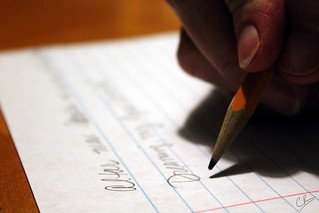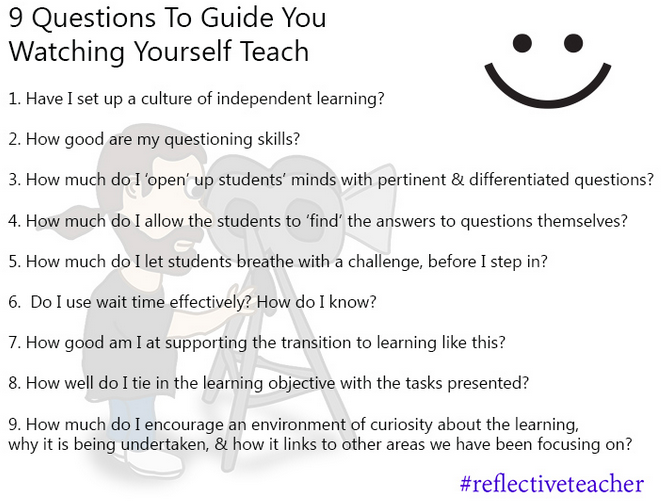It’s a common teacher question for students as they return to class after three months away. It makes for an easy prompt to get kids writing right off the bat. Correct? But if inquiry is such an important piece of where we are headed as a school district with our instruction, how do we make this fit?
Keeping in mind we want them to write and enjoy what they are writing about, what if we reworked the questions just a little bit to help us get to know our students a bit better? We can be the inquiring mind modeling appropriate questioning. This great post from Jenny Froehle challenges us to do just that. Consider the examples below but take the time to read the entire blog post and the rest of her list.
Not “What did you DO this summer?” but “What did you LEARN or LEARN TO DO this summer?”
Not “What do you like?” but “What do you want to know more about?”
Not “What is your learning style?” but “Where and whom do you learn from?”
Not “What worries or upsets you?” but “What do you do when you’re faced with a really interesting or tough-to-solve problem?”
Not “What do you want me to know about you?” but “What do you want the world to know and think about you?” Now and in the future.


